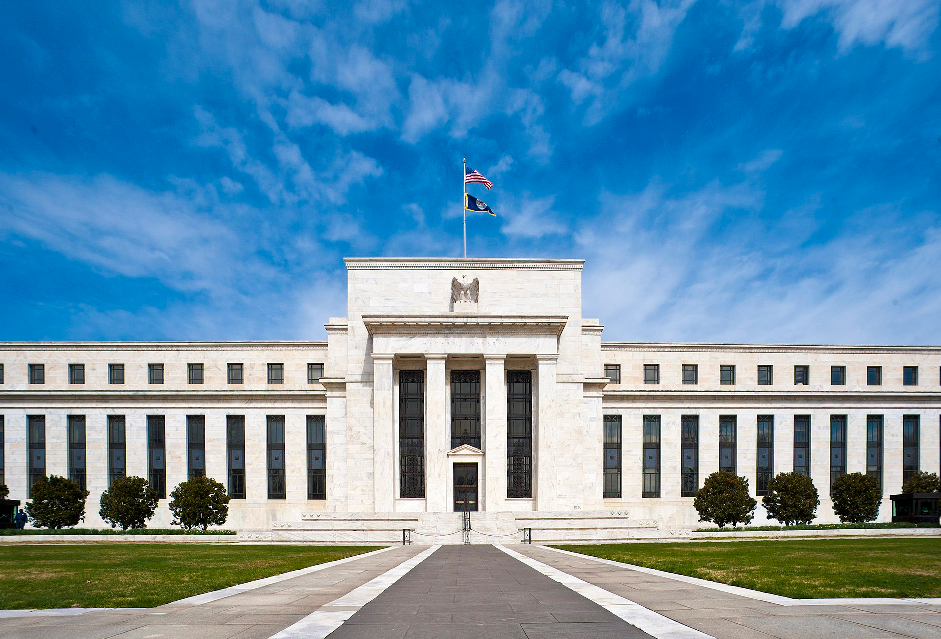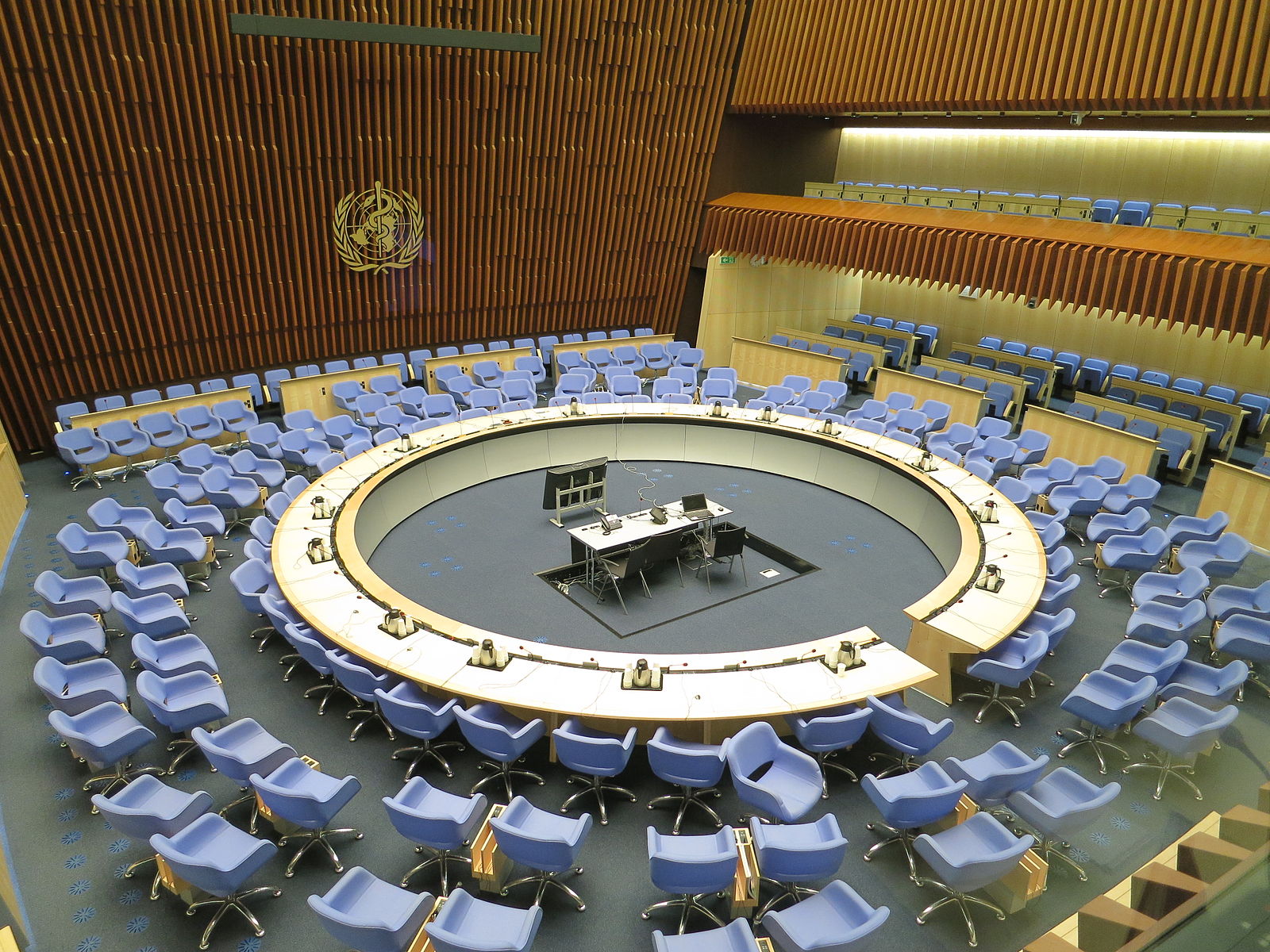Defaults of Retailers Hit “All-Time High” in Q1: Moody’s
by Wolf Richter, Wolf Street:
 Brick-and-Mortar Meltdown sets sad record. And Q2 starts out on the right foot.
Brick-and-Mortar Meltdown sets sad record. And Q2 starts out on the right foot.
These are retailers that are large enough to be rated by Moody’s and other ratings agencies. These are not small retailers but corporations that make up the core of the Brick-and-Mortar Meltdown. Among those that Moody’s rates, there were nine defaults in the first quarter, an “all-time high,” as Moody’s put it, “reflecting the fallout of changing consumer behavior and advancing e-commerce for traditional brick-and-mortar retail.”
These nine retailer defaults accounted for nearly one-third of the 28 total corporate defaults in Q1, which was up 22% from Q1 last year. The oil-and-gas sector – despite the idea that the oil bust is over – was in second place, with five defaults.
This “recent stream of defaults” pushed the default rate of junk-rated bonds in the US to 3.9% for the trailing 12-month period ended in March, up from 3.4% in December. And the default rate of junk-rated “leveraged loans” – loans that are traded like securities or that are packaged into Collateralized Loan Obligations – rose to 2.6% in Q1, up from 2.4% in Q4.
Not all defaults lead to bankruptcy. In some cases, these retailers were able to come to an agreement with their creditors and restructure their debts without going through bankruptcy court, as the threat of bankruptcy motivates the creditors to negotiate. This type of debt restructuring can be considered a “distressed exchange” of debt, and thus a default on the terms of the original debt.
The nine retailer defaults include:
Sears Holdings, which is trying to stave off bankruptcy for as long as possible even as sales are collapsing toward zero, refinanced $500 million in old debt with new debt that pushed out debt maturities and reduced its interest burden. Moody’s determined that this was a “distressed exchange” of debt, and thus a default.
Claire’s Stores, which filed for Chapter 11 bankruptcy on March 19, defaulted on $1.9 billion in debt, “after struggling with persistent weak performance because of declining mall traffic and an increasingly competitive retail landscape,” Moody’s said. Claire’s Stores is another failed leveraged buyout of a retailer during the LBO boom before the Financial Crisis, this one by private equity firm Apollo Global Management.
Bon-Ton Stores, which filed for Chapter 11 bankruptcy in February, had tried but failed to talk its creditors into restructuring its nearly $1 billion in debt. Two mall owners are bidding in bankruptcy court on the department store chain: Namdar Realty Group and mall REIT Washington Prime Group, whose shares have plunged over 50% since August 2016. If that fails, Bon-Ton stores faces liquidation.



